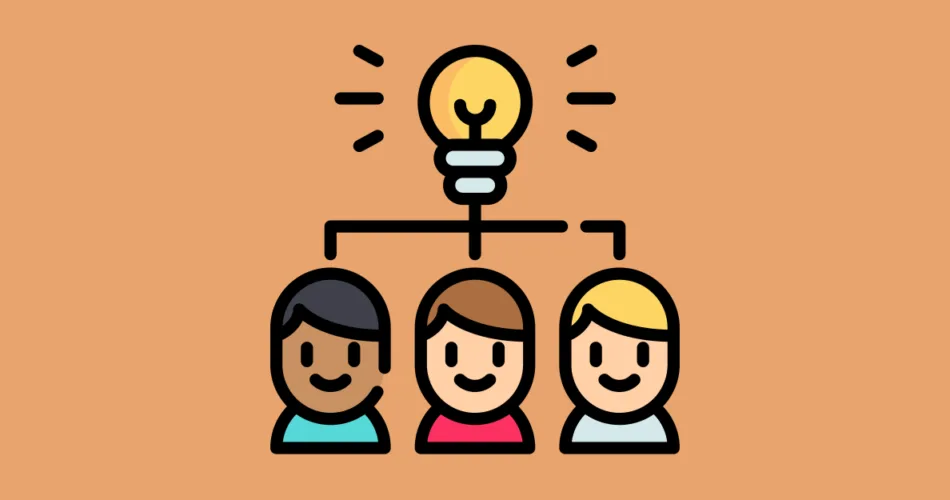Collaborative development is at the core of modern software engineering. Whether you are working in a small startup or a large enterprise, effective collaboration can significantly impact your project’s success. In this article, we’ll explore best practices for collaborative development that enhance productivity, code quality, and teamwork.
Branch Naming Conventions
Branch naming conventions are fundamental for a smooth collaboration process, especially when multiple team members work on the same codebase. By adopting clear and consistent branch naming standards, you ensure that everyone understands the purpose and context of each branch. Here are some recommended conventions:
- Feature branches: Use prefixes like “feature/” followed by a descriptive name, e.g., “feature/new-login-page”.
- Bug fix branches: Prefix with “bugfix/” and include the issue or bug number, e.g., “bugfix/issue-123”.
- Release branches: Begin with “release/” and specify the version number, e.g., “release/version-2.0”.
- Hotfix branches: Start with “hotfix/” and provide a clear identifier, e.g., “hotfix/urgent-bug”.
Consistent branch naming helps developers quickly identify the purpose of a branch, reduces confusion, and streamlines code reviews and merges.
Code Ownership and Responsibility
Assigning code ownership and responsibilities within your team promotes accountability and ensures the quality of different parts of the codebase. By establishing clear ownership, you encourage team members to take pride in their work and maintain the code they are responsible for. Here’s how to implement code ownership effectively:
- Assign ownership: Assign specific directories or modules to individual team members.
- Document ownership: Include ownership information in your project’s README or documentation.
- Encourage code reviews: Ensure that the owner or expert of a module participates in code reviews related to their area of expertise.
- Transfer ownership: Establish a process for transferring ownership when team members leave or when responsibilities change.
Code ownership fosters a sense of responsibility and ensures that crucial parts of your codebase receive the attention and care they deserve.
Communication and Transparency
Effective communication and transparency are the pillars of successful collaborative development. When team members can easily share information, raise concerns, and discuss ideas, the development process becomes more efficient and enjoyable. Here are strategies to promote communication and transparency:
- Descriptive commit messages: Write informative and meaningful commit messages, following a consistent format like “Added feature X” or “Fixed issue Y.”
- Pull requests or merge requests: Use these mechanisms for code reviews, feedback gathering, and discussions on proposed changes.
- Maintain project documentation: Document coding guidelines, workflows, and project-specific information to provide clarity to all team members.
- Regularly update the issue tracker: Keep track of tasks, bugs, and feature requests to ensure that everyone is aligned on project priorities.
Open communication and transparency lead to effective issue resolution, knowledge sharing, and a positive collaborative environment.
In conclusion, adopting these best practices for collaborative development not only improves code quality and productivity but also enhances teamwork and morale. By implementing clear branch naming conventions, establishing code ownership, and fostering transparent communication, you can create a more efficient and harmonious development process for your team.
Subscribe to our email newsletter to get the latest posts delivered right to your email.


Comments